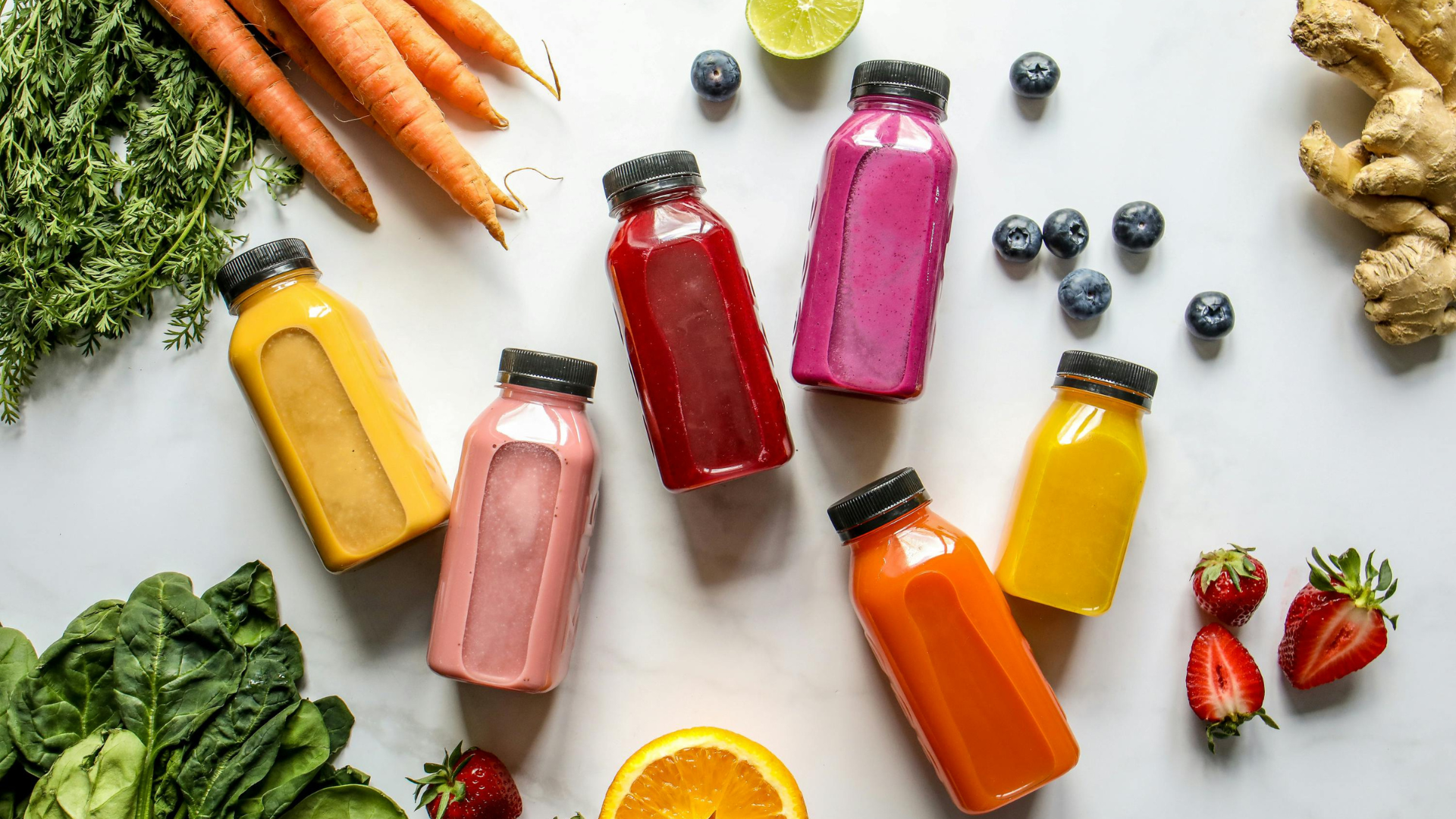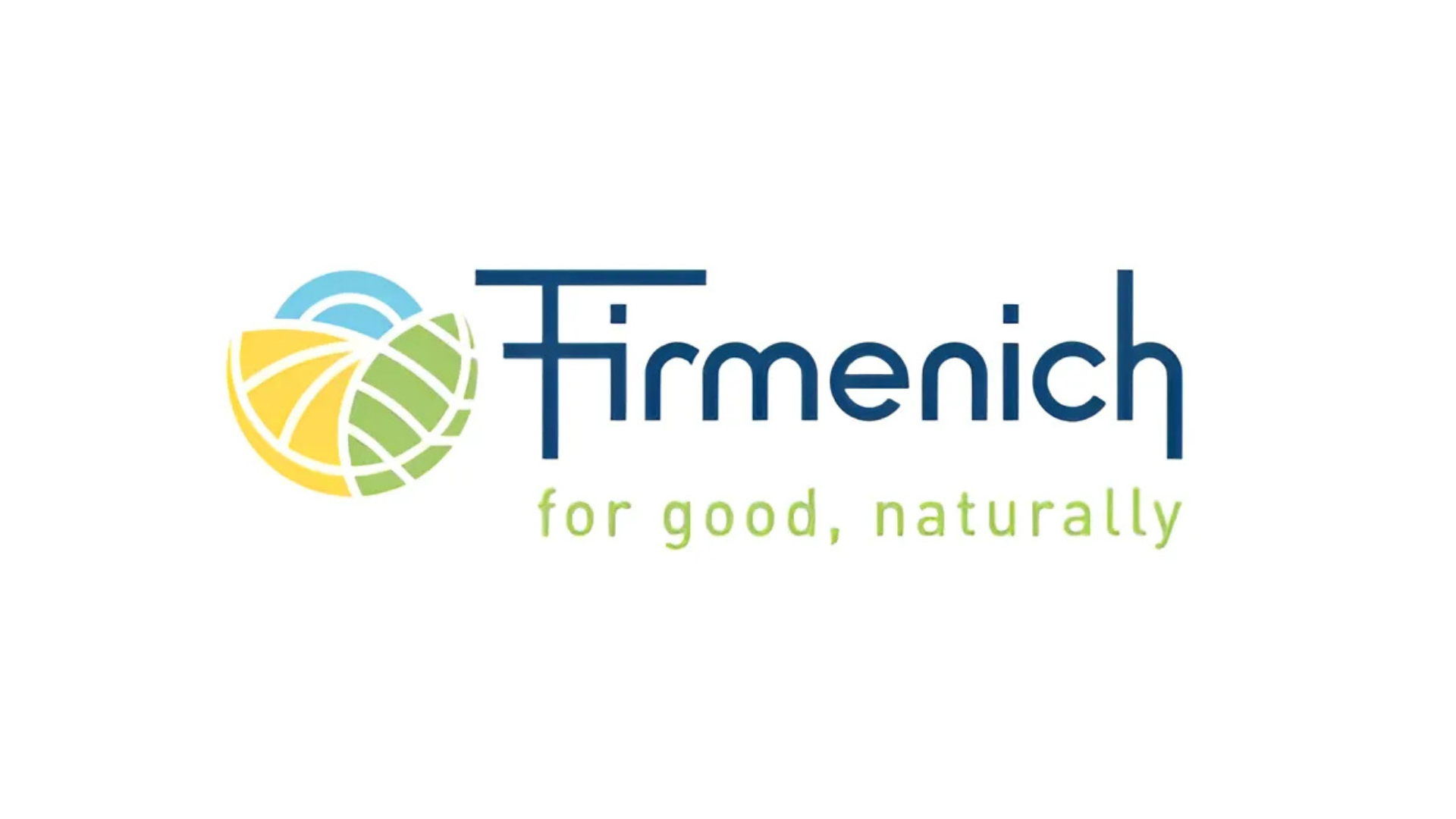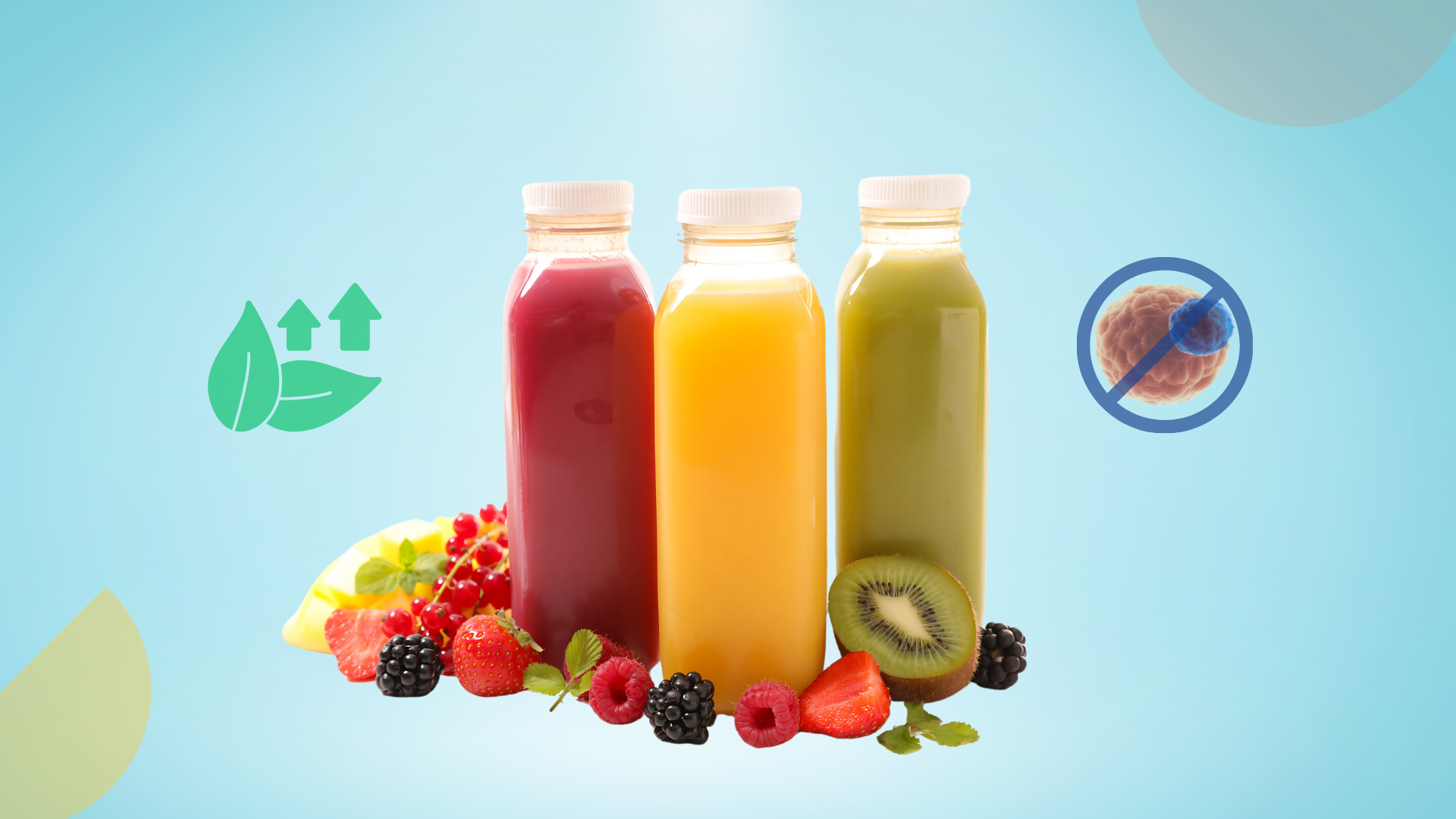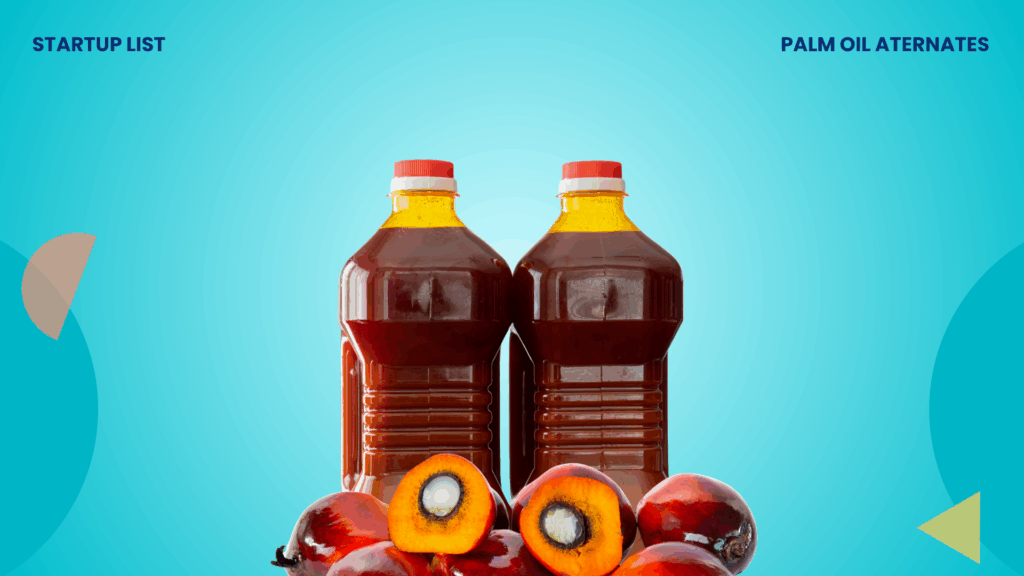Challenges such as oxidative browning, unwanted flavors in vegetable beverages, and high sugar content have long held the juice industry back. These issues make it unpleasant for consumers to enjoy juice products beyond a certain period. The juices either become unedible or go bad.
Many traditional processing methods use artificial preservatives and flavoring agents to circumvent these issues. But these substances conflict with the growing demand for “clean label” products. This creates a dilemma for manufacturers, who must balance shelf stability and juice quality while meeting consumer expectations without raising production costs.
To address these issues, manufacturers increasingly turn to natural ingredients to enhance flavor and meet clean label demands. Enzyme-based sugar reduction methods from brands like Ambrosia Bio make it possible to create healthier juices without sacrificing taste. Natural antioxidants, such as yeast protein extracts, help prevent oxidative browning, preserving color and aroma.
These innovation trends highlight the juice industry’s shift toward healthier, more sustainable options. This report explores more innovations that enhance juices’ sensory qualities, improve shelf life, reduce sugar content, and potentially lower cancer risk.
Key juice innovation trends at a glance
| Company | Innovation | Natural Ingredient | Benefit |
| Angel Yeast | Antioxidant extract | Yeast protein + chitosan | Prevents browning |
| World Refrigerated | Browning inhibitor | Pu’er tea + cassia | Preserves aroma |
| Firmenich | Bitterness reducer | Mogroside blend | Improves flavor |
| Suntory | Odor stabilizer | Magnesium salts | Preserves aroma |
| Zukan SL | Sugar reduction | Enzymes (T. reesei) | Adds fiber, cuts sugar |
| Podkarpackie Innovation Center | Functional beverage | Berries + prebiotics | Reduces cancer risk |
Fruit & vegetable juice blends are gaining popularity

Juice blends are gaining popularity due to their complementary nature, enhancing nutritional value and flavor profile. The combination of fruits and vegetables provides a broad spectrum of vitamins, minerals, and antioxidants. Innovations in this area actively address taste, odor, and flavor challenges related to using vegetables in juices.
Producing ABC (Apple, Beet, Carrot) juice with high dietary fiber content
Agricultural Corporation Hwacheon F&B Co. has developed an innovative method for creating ABC (Apple, Beet, Carrot) juice. This process begins by grinding and squeezing apples, carrots, and beets. Then, a specific enzyme composition, including cellulase, pectinase, hemicellulase, and beta-glucanase, is added to this separated juice extract. These enzymes help break down the fruit cells, releasing more juice and maximizing extraction efficiency.
This method reuses residual pulp, promoting sustainability and enhancing dietary fiber content. It also creates flavor profiles free from the usual bitterness or undesirable tastes associated with these ingredients. The juice offers various health benefits, including supporting intestinal function, lowering cholesterol levels, reducing visceral fat, improving blood circulation, and promoting eye health and cognitive function.
Enhancing the taste of the fruit and vegetable juices
Fruit and vegetable blends often suffer from poor consumer reception due to the harsh taste or odor of the vegetable juice component, such as spinach or beetroot.
To address the problem, Asahi Soft Drinks has developed a technique that balances the beverage’s fruit juice, vegetable juice, and sodium content. The fruit and vegetable juice content is adjusted to approximately 28%, with a sodium content of 52 milligrams per 100 milliliters. By changing the composition in this manner, the technique enhances the drinkability and richness of a beverage while still providing health benefits.
Technological & Regulatory Roadblocks to Foresee in these Juice Innovation Trends
- Achieving the right balance of flavor and texture in fruit and vegetable juice blends can be challenging, especially when working with vegetables that may introduce bitterness or undesirable flavors.
- Maintaining consistency in taste, texture, and nutrient levels across different batches of juice blends can be challenging, especially when using natural ingredients.
- Addressing the potential bitterness from vegetables while preserving the nutritional content of the juices requires careful formulation.
- The FDA requires that all ingredients in juice blends be labeled, and fruit and vegetable blends may need to comply with specific regulations regarding allergen labeling.
- In the EU, health claims related to juice blends must be supported by scientific evidence and approved by the European Food Safety Authority (EFSA), particularly if the juice blend is marketed with health benefits or functional claims.
In addition to these innovations, our experts have compiled a comprehensive Food & Beverages Trend Report for the coming year. Be among the first to use those insights. Fill out the simple form below to access it instantly.
Get the report in your Inbox
Fill the form to get access to the report
Innovation Trends Using Natural Antioxidants for Clean-Label Juice Preservation
New antioxidants prevent fruit juice from yellowing by 46%.
Fruit juices contain phenolics and oxidases that oxidize quickly, leading to discoloration and flavor loss. To address this issue, manufacturers use two primary methods for inhibiting oxidative browning and yellowing in fruit juices:
- Physical treatment: Oxygen-barrier and high-temperature treatment deactivate oxidizing enzymes to prevent color changes. However, doing so can lead to the loss of aromatic substances, negatively impacting the juice’s flavor. It also requires complex and costly equipment and extensive processing.
- Chemical Antioxidants: Additives like sulfur dioxide and tannin are used to inhibit oxidation. While effective, these substances can compromise the nutritional value of the juice and pose health risks, including allergic reactions and sensitivities in some consumers. Additionally, their use may contradict the growing demand for natural, clean-label products.

Angel Yeast Co. has created a natural antioxidant from yeast protein extract and chitosan. This product helps reduce the discoloration of fruit juice by up to 46%, improving its color, aroma, and overall drinking experience. It effectively preserves the quality of fruit juices while meeting the growing demand for clean-label products. The ingredients used in this process are non-toxic, harmless to the human body, and have no residual effects, offering a safer and cleaner alternative to traditional chemical treatments.
Angel Yeast’s new facility in Baiyang, Yichang, can produce 11,000 tons of sustainable proteins annually. Its advanced fermentation and biosynthesis infrastructure is ideally suited to support the efficient production of its new antioxidant, ensuring scalability while maintaining the product’s high quality and natural integrity.
Enhancing Apple Juice with Antioxidant-Rich Tea Extracts
Apple juice is rich in polyphenols, which can quickly oxidize when exposed to air, resulting in browning and discoloration. To combat browning, manufacturers often add preservatives or stabilizers, which can negatively affect the juice’s fresh taste and alter its natural flavor profile. Additionally, traditional preservation methods, such as heat pasteurization, can lead to the degradation of essential vitamins and antioxidants, reducing the overall nutritional value of the juice.
World Refrigerated Food Co., Ltd. has a method for producing apple juice with enhanced organic acids and minimum nutrient destruction. Washing the apples with a pu-erh tea dispersion and cassia seed extract helps prevent browning.
These ingredients preserve the natural vitamin content by acting as antioxidants that inhibit oxidative processes. The juice can then be extracted and sterilized at specific temperatures. This approach preserves and enhances natural nutrients, such as minerals and organic acids, to provide a healthier and fresher apple juice product.
Leveraging advanced juicing, filtration, and pasteurization machinery, the company ensures that this new method can be efficiently scaled for high-quality apple juice production. This enhanced apple juice will appeal to a broader audience who want a better taste profile without compromising nutritional value.
Reducing Sourness in Grape Juices Using Citrus Pulp
Decanal, a naturally occurring aldehyde, is often used in grape juice beverages to enhance flavor. Though it usually improves the drinkability of the grape juice-containing beverage, the sourness associated with it can be difficult to remove.
To address this problem, Asahi Soft Drinks has developed a method that utilizes the peel and pulp from citrus fruits to mitigate the perceived sourness of grape juice. These natural citrus solids, which are insoluble, improve the beverage’s overall taste and retain its refreshing sensation.

As a key division of Asahi Group Holdings, Asahi Soft Drinks has a robust production and scalability framework. It produces various beverages, including Japanese market staples like Mitsuya Cider, Calpis, and Wilkinson. While primarily focused on the Japanese market, Asahi Soft Drinks has the potential to expand internationally, leveraging the strong reputation of its parent company.
Finding these emerging innovations using standard tools like Google search is time-consuming. You’ll have to sift through hundreds of search results, many irrelevant to your search intent. This is where a technology scouting tool like Slate helps out.
All it needs is a simple query in spoken English, like “give me innovations in juices.”
Within minutes, Slate scours through hundreds of patents and research papers, finds highly relevant inventions, and presents them in a neat dashboard. Here’s a screenshot as an example:

There’s no need to waste time digging through an avalanche of Google search results anymore! Try Slate yourself using the form below.
Using vegetable extract to enhance the natural qualities of fruit juices
The Federal Budgetary Institution of Higher Education and Grozny State University have developed a method using a liquid extract from bracken fern, a natural source with proven antimicrobial and antioxidant properties. This method stabilizes and preserves fruit and berry juices without relying on synthetic additives.
The innovation ensures that the juice remains fresh and free from spoilage while preserving essential nutrients such as vitamin C and antioxidants, which are often lost during conventional preservation processes.
Using specific plant extracts to enhance fruit juice flavor
Many healthy juices, especially those made from vegetables or superfoods, often have undesirable flavors, such as excessive bitterness, astringency, or sourness. The addition of sugars or artificial sweeteners usually masks this. The challenge is to improve the juice flavor without adding artificial sugar, which aligns with current consumer trends toward products with lower caloric values.

Firmenich SA has developed a low-calorie flavor-modifying mixture. This mixture contains mogrosides, natural sweeteners found in monk fruit concentrate. Mogrosides are known for their sweetening properties without adding calories, making them ideal for creating low-calorie, naturally sweetened beverages.
The blend masks bitter notes and enhances sweetness and mouthfeel, without adding calories. Moreover, by using natural sweeteners, the invention helps maintain low caloric content, aligning with consumer preferences for healthier and more natural beverage options.
Firmenich operates high-tech production facilities worldwide, including a new multipurpose plant in Castets, France. This facility has increased its capacity for renewable ingredients by 50%. The company has a strong foundation, boasting over 125 years of experience and operating in more than 100 markets worldwide. When ready, this new flavor enhancement mixture can be easily distributed across multiple countries and product lines.
Using natural minerals to reduce the odor degradation of juices.
During the heat sterilization and long-term storage, fruit juices often develop undesirable ‘heated’ or ‘stale’ odors. These off-putting smells mask the fruit’s natural flavors, detracting from the overall taste experience and reducing consumer appeal.

Suntory Holdings Ltd solves this odor degradation problem by adding water-soluble magnesium salts into the beverage. These additives include whey minerals, magnesium chloride from seawater, and even natural mineral water. Their mineral composition helps stabilize the flavor profile during processing and storage. This technique effectively preserves the natural aromas and flavors of the fruit, which can be negatively impacted during processing.
Suntory is known for its premium alcoholic beverages, including Japanese whisky. It also produces non-alcoholic beverages, such as soft drinks and health-focused drinks. The company operates in multiple regions, including Japan, Europe, Asia-Pacific, and the Americas, ensuring a wide-reaching production network for its new products.
Adding amino acids to reduce the stickiness of healthy beverages.
Black gram juice is added to beverages for its numerous health benefits, including high protein and fiber content. However, its naturally thick texture can lead to a sticky throat, negatively impacting the drink’s palatability and making it less enjoyable for consumers.
Sheshido Company has developed a way to overcome this issue by adding theanine. Theanine effectively neutralizes the stickiness in the throat, creating a smoother and more enjoyable drinking experience. This natural amino acid helps balance the texture without altering the nutritional benefits of black gram juice. It has a mild umami taste that subtly enhances the flavor.
It also promotes skin health by alleviating roughness, itching, and acne, providing functional benefits beyond its nutritional value. Sheshido adds it to a berry fruit beverage (containing black gram juice) for healthy skin. As part of the Shiseido Group, the company benefits from a well-established reputation for quality and luxury, appealing to high-end consumers. Like most brands, Shiseido has the potential to develop a loyal customer base around these new products.
Innovation Trends in Reducing Sugar and Increasing Dietary Fibers Using Enzymes in the Juice
Globally, 52% of juice buyers are influenced by reduced or no added sugar claims. This reflects a growing demand for healthier beverage options. As beverage manufacturers work to meet the needs of health-conscious consumers, innovative methodologies such as enzyme-assisted sugar reduction are gaining prominence.
Producing high-fiber juices with reduced sugar levels
Zukan SL has developed a method to reduce the sugar content in fruit juices using the fungus Trichoderma reesei. These enzymes rearrange the fructose molecules in the juice. This results in increased sweetness while needing very little sugar. These modified sugars can prevent crystallization in drinks, keeping the juice smooth for longer.
Another benefit is that these enzymes produce prebiotic fibers, promoting gut health. The resulting juice will have the same sweetness but less sugar and higher fiber content.

Zukan SL already has facilities dedicated to the production and customization of sweeteners and related products in Murcia, Spain. Within Spain alone, Zukan generates approximately €2.5 million in annual sales, indicating a significant production and distribution capacity. They can easily integrate this new method into their clean-label sweetener solutions.
Shanghai Yijin Biotechnology also has a similar method of converting sugar in juices into dietary fiber. The sugar-containing drink is treated with a special enzyme, fucosyltransferase, which converts sugars into low-calorie fibers. These fibers still add some sweetness but have added health benefits, including support for gut health and reduced sugar levels.
The process stabilizes the enzyme, reusing it multiple times and making it highly efficient. This makes it cost-effective and suitable for large-scale industrial production, such as manufacturing low-sugar or functional beverages.
Technological & Regulatory Roadblocks to Foresee in these Juice Innovation Trends
- Developing enzymes that effectively reduce sugar without compromising the flavor integrity of the juice is a technical challenge.
- Ensuring the stability and effectiveness of enzymes during the juice processing and throughout the product’s shelf life requires precise control over processing conditions.
- Scaling up enzyme production to meet the demands of mass-market juice production can be costly and require significant investment in specialized equipment.
- In the United States, the FDA reviews enzymes used for sugar reduction for safety and efficacy before approving them for food products.
- The European Food Safety Authority (EFSA) reviews enzyme-based sugar reduction technologies before allowing them in the EU.
Here’s a detailed report with deeper insights on sugar reduction for juices and other sweet beverages.

Innovation Trends of Enhancing the Functional Properties of the Juice Using Plant Extracts
Plant extracts contain active ingredients valued for their potential health benefits, including antioxidant, anti-inflammatory, antimicrobial, and immune-modulating properties. The trend of incorporating plant extracts into juices is rising, driven by consumer demand for nutritional and natural products, especially in North America.
Functional tomato beverage containing aromatic herb extracts
In collaboration with Kuban State Agrarian University, the Federal State Budgetary Educational Institution has provided a unique method for producing a tomato-based beverage. This method involves mixing tomatoes with salt, beet pectin, and spicy, aromatic herbs extracts.
These extracts include herbs such as allspice, basil, parsley, and celery, creating a rich and flavorful drink. These ingredients enhance the flavor, improve antioxidant content, and inhibit microbial growth in the beverage. The efficient sterilization technology for this preparation reduces energy consumption while maintaining the drink’s nutritional value.
Cancer-Fighting Beverages: Enriched with Bioactive Compounds
Chemopreventive beverages lower cancer risk by neutralizing harmful free radicals and reducing DNA damage. The Podkarpackie Innovation Center, in collaboration with the University of Rzeszów, has developed a drink consisting of purees from pumpkin, carrot, banana, and apple juice.
It contains prebiotics and unique extracts from chokeberries, blackberries, cranberries, or blueberries. These help prevent cell damage and inflammation in the body. These drinks offer a noninvasive dietary approach to reducing cancer risk, complementing other preventive measures.
Technological & Regulatory Roadblocks to Foresee in these Juice Innovation Trends
- It can be challenging to ensure that plant extracts do not alter the taste or texture of the juice while still delivering the intended functional benefits.
- Maintaining the stability of bioactive compounds in plant extracts during juice processing is critical, as these compounds may degrade or lose potency over time.
- Scaling up the extraction process of plant-based functional ingredients to meet the demands of large-scale juice production can require specialized equipment and procedures.
- In the United States, the FDA will investigate any new plant extracts used in juices marketed with health claims as food additives or dietary supplements.
- Similarly, in the European Union, plant extracts used in juices with health benefits must comply with the European Food Safety Authority’s (EFSA) health claims regulations. These regulations require substantiation with scientific evidence before manufacturers can make any functional claims on the label. This could potentially delay the market entry of chemopreventive beverages mentioned above.
Navigating these regulatory challenges with expert assistance will significantly benefit your business goals. Use our technology scouting expertise to find a matching innovation for your needs.
Conclusion
The juice industry is evolving to meet the demand for clean labels and healthier products by incorporating natural ingredients, reducing sugar through enzymes, and adding plant extracts. Future innovations will focus on specialized, functional juices enriched with probiotics, vitamins, and minerals, catering to health-conscious consumers. Companies that quickly adapt to these trends will have the highest chance of success in the changing juice landscape.
However, finding promising juice innovation trends like the ones above for commercial use is not easy. Using standard search engines on the internet, industry leaders must cut through a lot of market noise to identify actual innovations from institutions with proven potential. Technology scouting tools, such as Slate, will expedite this process.
Slate will help you find patent-backed inventions from leading companies and startups in a single, intuitive dashboard, reducing the time spent browsing scattered sources. Try it below and see how seamless it is to use!









